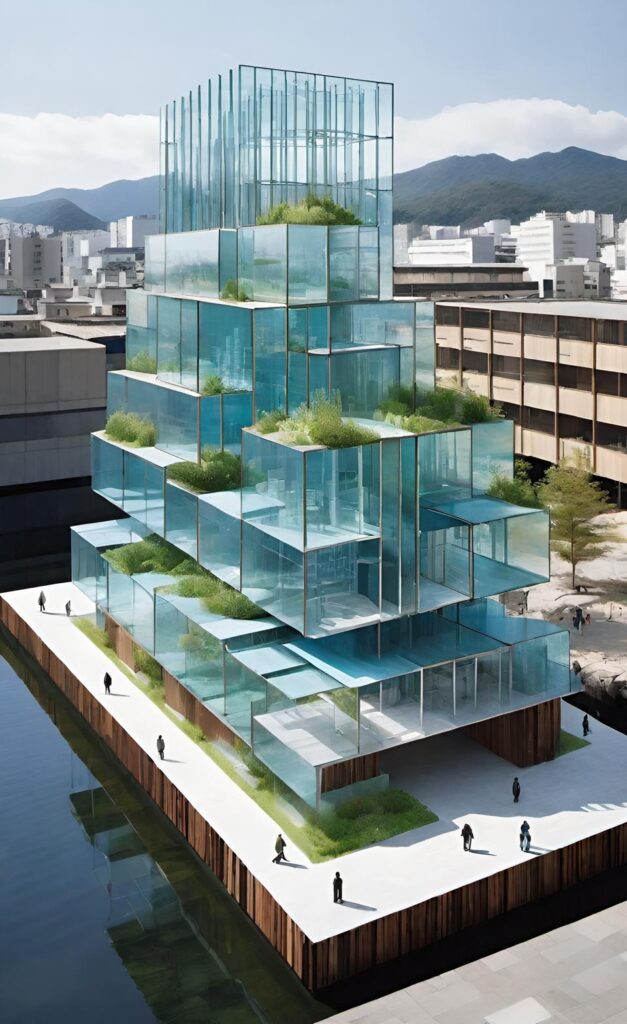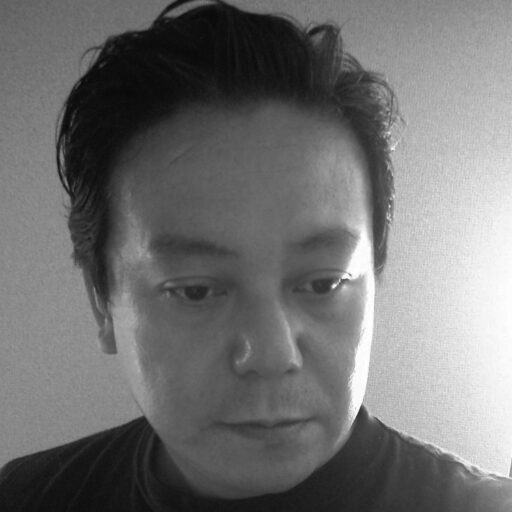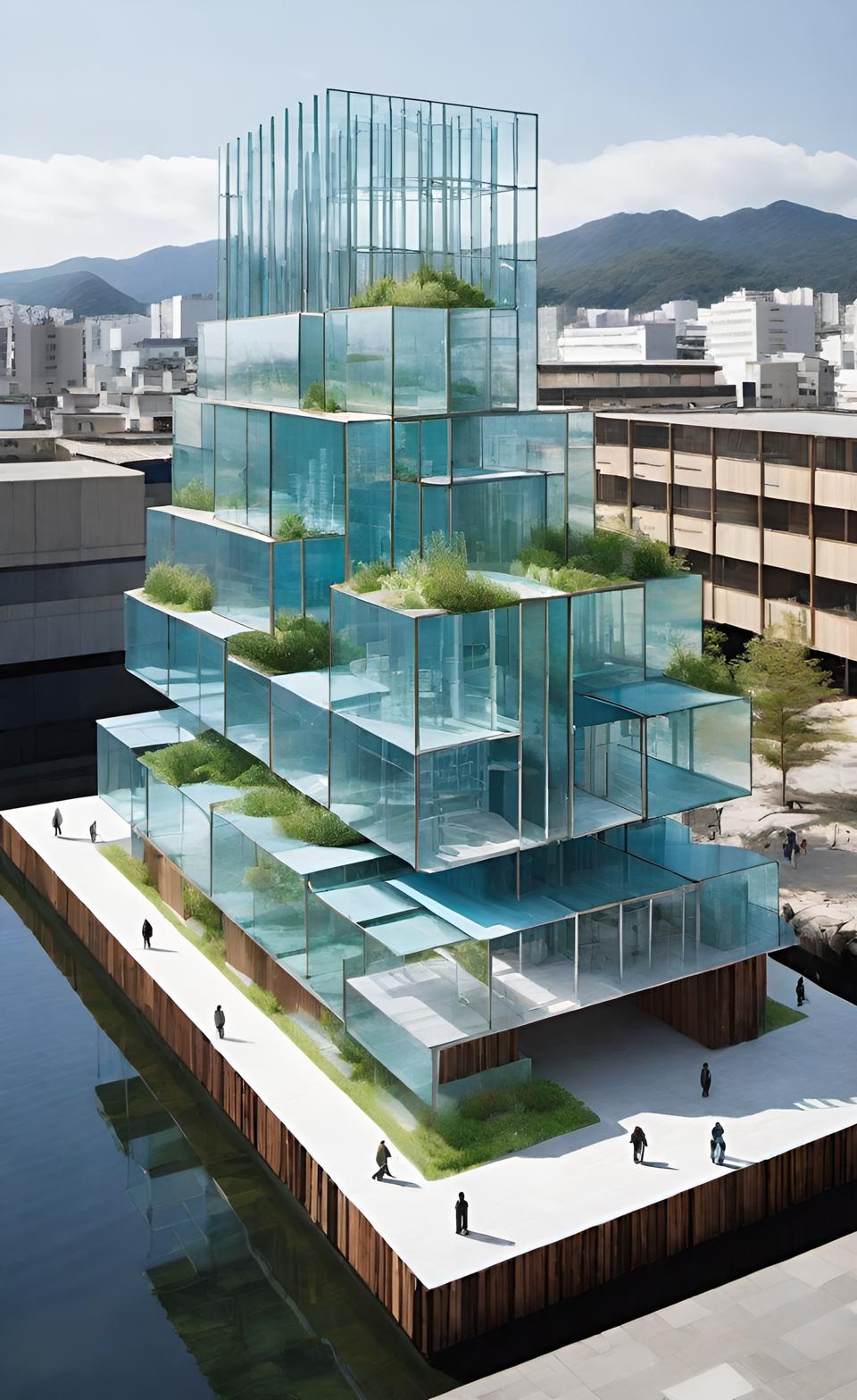
A Modern Approach to the Territories
By Celso Singo Aramaki + AI
Territory museums focus on preserving and interpreting the cultural and natural heritage of a given area. Unlike traditional museums, they adopt a holistic approach, considering the entirety of a territory’s natural, cultural, historical, and social aspects.
Originating in the 1970s with the concept of the ecomuseum by Hugues de Varine and Gérard Rivière, territory museums highlight the interaction between humans and their environment, preserving traditional practices and knowledge. In Brazil, these museums began to develop in the 1990s, often associated with social movements and traditional communities aiming to value their culture and identity.
Characteristics of Territory Museums
- Holistic Approach: They consider the territory as a whole, integrating natural, cultural, historical, and social elements.
- Community Participation: They involve the local community in building and managing the museum.
- Educational Focus: They emphasize education and raising awareness about the heritage of the territory.
Examples of Territory Museums in Brazil
- Museum of Archaeology and Ethnology of the Federal University of Pará (MAE-UFPA): Focuses on the archaeological and ethnographic heritage of the Amazon.
- Museum of the Man of the Northeast (Muhne): Highlights the cultural and natural heritage of the Brazilian Northeast.
- Museum of the Sergipe People (Muge): Centers on the cultural and natural heritage of Sergipe.
Dialogue between Environmental and Cultural Heritage
Territory museums facilitate dialogue between environmental and cultural heritage, promoting the appreciation of natural heritage while recognizing the importance of cultural heritage for understanding the territory. They exhibit objects and documents representing the relationship between humans and the environment, promote educational activities, and support environmental conservation projects.
Case Study: Museum of Territory of the Japanese Immigration in Brazil
Building upon the principles of territory museums, we propose the creation of a Museum of Territory of the Japanese Immigration in Brazil. This unique institution would embrace a holistic approach, celebrating the multifaceted legacy of Japanese immigrants in São Paulo and beyond.
Beyond the Brick and Mortar
The museum would transcend traditional boundaries, weaving its narrative across historical sites like the Liberdade neighborhood, agricultural communities, and urban centers. Interactive exhibits would explore the evolution of Japanese cultural practices, showcasing the interplay between nature, culture, and history.
Community Voices, Shared Stories
Prioritizing community voices, the museum would incorporate oral histories, family archives, and community-driven initiatives, reflecting the lived experiences of multiple generations.
Dialogues between Environmental and Cultural Heritage
Highlighting the Japanese immigrant experience’s connection to the land, the museum would showcase sustainable agricultural practices and environmental stewardship, emphasizing the interplay between the community and the Brazilian landscape.
Beyond the Museum Walls
The museum would offer a dynamic platform for cultural exchange and community engagement, featuring educational workshops, artistic collaborations, and intergenerational dialogue sessions.
A Model for the Future
Aspiring to be more than a repository of the past, the museum would serve as a living laboratory for holistic heritage preservation, fostering cultural understanding, environmental awareness, and community strength.
Content Based Knowledge Graph (CBKG)
To further deepen the connection between memory preservation and knowledge accessibility, the museum would contribute to a semantic content-based knowledge graph dedicated to the domain of Japanese immigration. This graph would integrate historical records, oral histories, multimedia archives, and contextual interpretations, ensuring that knowledge remains interconnected, dynamic, and accessible to future generations. By merging collective memory with structured knowledge, the museum would serve as both a cultural beacon and an evolving educational resource.

